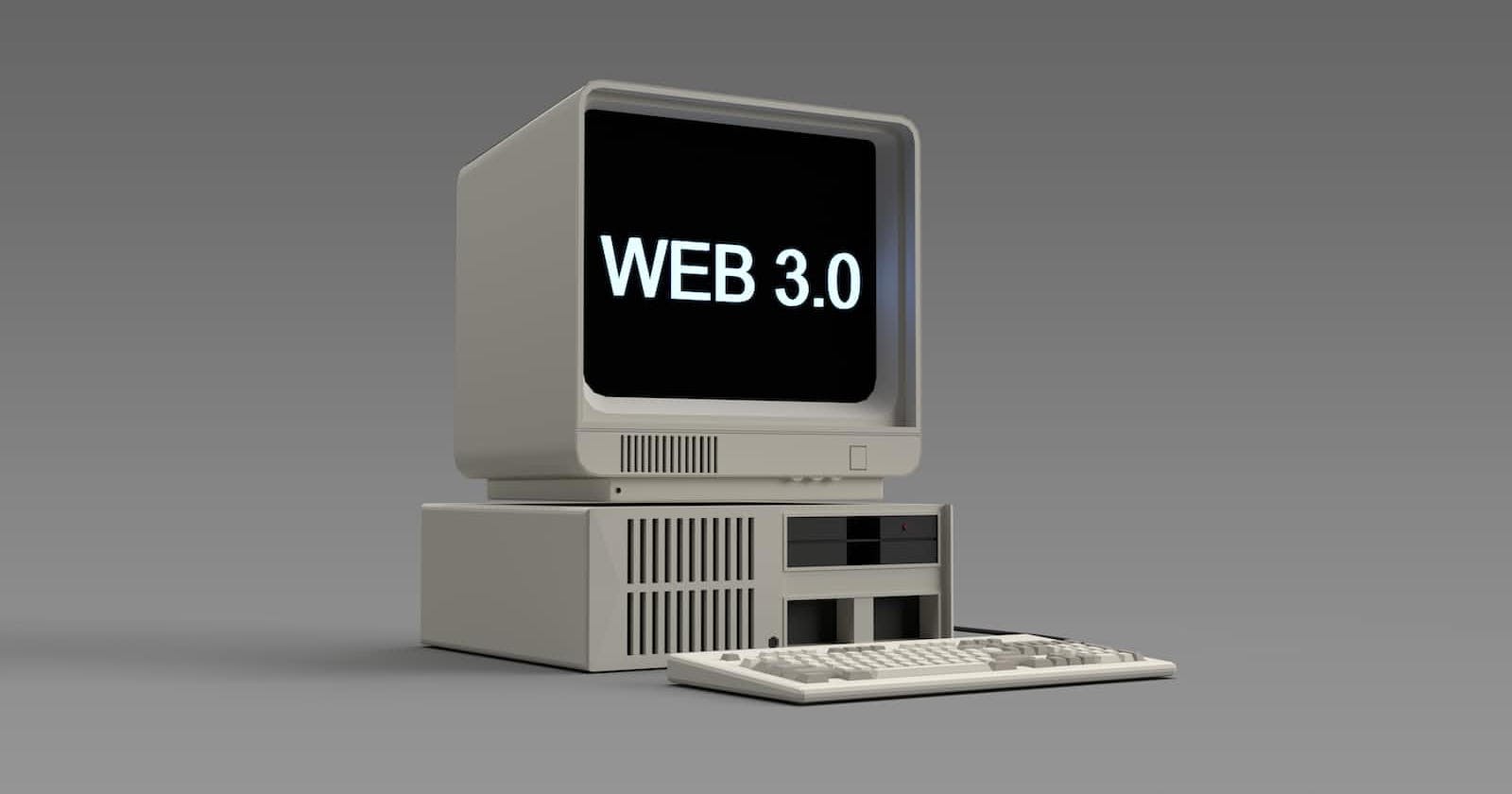
Photo by Bastian Riccardi on Unsplash
The paradigm shift to an Intelligent web.
Understanding main features of web 3
The World wide Web has undergone remarkable transformation over the years since its institution. There exists three stages of the web; Web 1.0, Web 2.0 and Web 3.0. Each stage from Web 1.0 to Web 2.0 has introduced unique features to improve how users interact with the web.
Understanding Web 1.0 and Web 2.0 is key to appreciating the significance of the latest stage Web 3.0. Therefore, I will explain the first two stages briefly to help us understand Web 3.0 more.
Web 1.0

This is the first stage of the web that lasted approximately from 1991 to 2004. I define Web 1.0 as read-only web. It consisted static content mainly information made up of text or image formats. The user didn't have much interactivity with the web in this phase.
Web 2.0
This is the second phase of the web most of us have experienced. I define Web 2.0 as the "interactive and social web" or the "participative social web". It emphasizes on participation and contribution than web 1.0 had on reading. The interactivity is possible due to developments in web technologies such as HTML5, CSS3 and JavaScript. Web 2.0 consists of dynamic content.
Web 3.0
From the evolution of read-only web(Web 1.0) to the interactive social web(Web 2.0), we currently stand on the next evolution referred as Web 3.0 which was envisioned by Tim Berners-Lee, a developer who created the WWW as the "Semantic Web" and saw an intelligent, self-sufficient, and open Internet that employed AI and machine learning to function as a "global brain" and interpret content conceptually and contextually.
Web 3.0 promises a paradigm shift from the Web 2.0 we know today. Lets get into the features of web 3.0 by looking at its differences with the popular Web 2.0.
Features of Web 3.0
Decentralization
In Web 2.0, data is stored at a specific location (server) and computers gain access to it using the HTTP OF distinct web addresses. User control is limited here.
In Web 3.0, Data is stored in numerous locations and can be accessed using its content than the location hence decentralized. The user owns the data decides how it's stored, shared and used
Trustless and Permissionless
In Web 2.0, interactions often involve intermediaries like banks, platforms, and marketplaces. These entities act as trusted third parties, verifying transactions and ensuring security
Web 3.0 introduces a paradigm shift with its trustless architecture. This means that users can interact directly with each other without the need for a trusted third party. Transactions are validated and secured through cryptography and distributed consensus mechanisms, such as blockchain technology.
Artificial Intelligence and machine learning
Web 2.0 relied primarily on user-generated content and data without much intelligence involved. This led to challenges like information overload, spam, and irrelevant content.
Web 3.0 introduces Artificial Intelligence (AI) as a transformative force. AI algorithms can analyze vast amounts of data, understand context, and personalize experiences. This creates a more intelligent web that understands users' needs and delivers relevant information and services.
Connectivity and Ubiquity
Web 2.0 relied on user-generated content but lacked inherent intelligence, leading to challenges like information overload
Web 3.0 will take the connectivity and ubiquity of Web 2.0 to the next level. It will rely more on IoT (Internet of Things) sensors to make web technologies accessible and available anytime, anywhere, and through multiple devices.
Conclusion
The web has come a long way from its humble beginnings as a read-only platform to the interactive and social experience of Web 2.0. Now, we stand to usher in new era of Web 3.0.
This emerging phase of the web promises a paradigm shift, characterized by decentralization, trustless and permissionless interactions, AI-powered intelligence, and ubiquitous connectivity.
The future of the web is in our hands. Let us work together to ensure that Web 3.0 lives up to its promise of a more intelligent, connected, and empowered online experience for all.
"Web3 is a game-changer, it's the missing piece in the puzzle of a truly decentralized internet."
